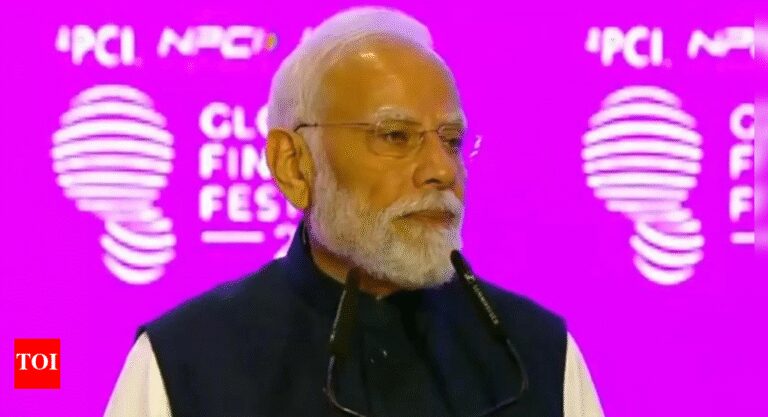
The government has announced that all the new centrally sponsored schemes should use Aadhaar authentication for direct benefit transfers. Alongside, payments should be processed using the Aadhaar Enabled Payment System to ensure more transparency.Ahead of the Union Budget for 2026-27, the department of expenditure (DoE) has instructed ministries and state governments to make digital and cashless systems a standard feature for any new scheme. Existing schemes continuing into the next Finance Commission cycle from April 1 2026 will also need to follow the same system.“For continued improvement in public services delivery, the government is placing great emphasis on Aadhaar seeding and transfer of direct benefit through Aadhaar authentication,” the DoE said in a letter, cited by ET.The letter continued that ongoing proposals must update their implementation methods so that fund disbursements happen via AEPS, “to ensure Aadhaar authentication, and not merely Aadhaar seeding in such cases.”“The aim is to further improve the delivery of benefits to citizens and to promote the objective of digital and less-cash economy,” a senior official told ET.The DoE has also set clear limits on administrative costs.Ministries launching new schemes should not create unnecessary posts or spend excessively on administration. A single central monitoring body will oversee implementation. Departments will have flexibility to reallocate resources within schemes for better results, but only with approvals and set ceilings.In line with this push for transparency, the DoE has already directed all departments and state governments to use the Sparsh nodal agency’s fund release system for all centrally sponsored schemes from November 1.







